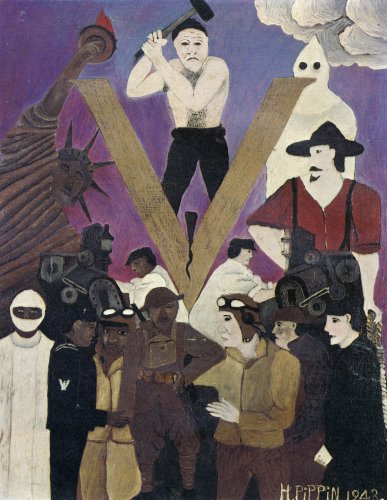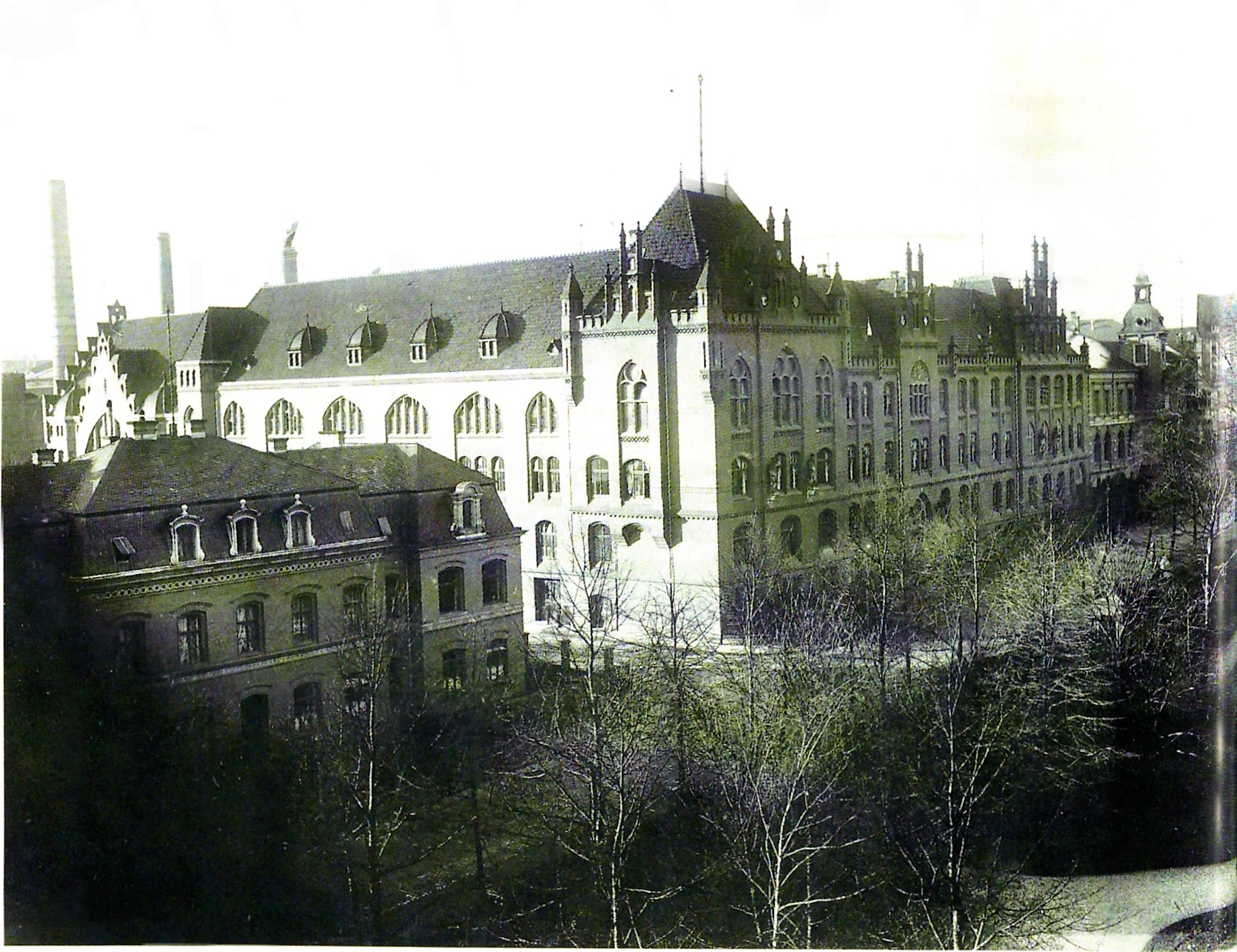|
Runme Shaw
Runme Shaw, K.St.J (; 1 January 1901 – 2 March 1985) was the chairman and founder of the Shaw Organisation of Singapore. Runme Shaw and his brother, Run Run Shaw, together known as the Shaw Brothers, were pioneers in the film and entertainment industry in Singapore and Malaya, and brought to life the movie industry in Asia, especially the Southeast Asian region. Runme Shaw was also a philanthropist who started the Shaw Foundation, a charitable organisation. In addition, Runme was the chairman and president of several government boards, and a patron of many organisations. As a result, Runme won many local and foreign awards for his philanthropic work and contribution to the movie industry in Southeast Asia. Early life and education Runme Shaw was the third of six sons of Shanghainese textile merchant, Shaw Yuh Hsuen (1866–1921). A native of Zhenhai in China, Shaw Yuh Hsuen married Wang Shun Xiang (1871–1939), and had a total of 10 children, three of whom died at ... [...More Info...] [...Related Items...] OR: [Wikipedia] [Google] [Baidu] |
Malay Titles
The Malay language has a complex system of styles, titles and honorifics which are used extensively in Brunei, Indonesia, Malaysia, Singapore, and the southern Philippines. Brunei, Malaysia, Singapore and several provinces in Indonesia regularly award honorary and life titles. What follows in this article is specific to the Malaysian system. References to Brunei and Indonesia are given when pertinent. In Malaysia, all non-hereditary titles can be granted to both men and women. Every title has a form which can be used by the wife of the title holder. This form is not used by the husband of a titled woman; such a woman will bear a title which is the same as a titled man. Former use Singapore, whose Malay royalty was abolished by the British colonial government in 1891, has adopted civic titles for its leaders. The Philippines historically used Malay titles during its pre-Hispanic period (especially under Bruneian influence), as evidenced by the titles of historical figur ... [...More Info...] [...Related Items...] OR: [Wikipedia] [Google] [Baidu] |
Movie Production
Filmmaking (film production) is the process by which a motion picture is produced. Filmmaking involves a number of complex and discrete stages, starting with an initial story, idea, or commission. It then continues through screenwriting, casting, pre-production, shooting, sound recording, post-production, and screening the finished product before an audience that may result in a film release and an exhibition. Filmmaking occurs in a variety of economic, social, and political contexts around the world. It uses a variety of technologies and cinematic techniques. Although filmmaking originally involved the use of film, most film productions are now digital. Today, filmmaking refers to the process of crafting an audio-visual story commercially for distribution or broadcast. Production stages Film production consists of five major stages: * Development: Ideas for the film are created, rights to existing intellectual properties are purchased, etc., and the screenplay is written. ... [...More Info...] [...Related Items...] OR: [Wikipedia] [Google] [Baidu] |
Tanjong Pagar
Tanjong Pagar (New Rumi Spelling, alternatively spelled ''Tanjung Pagar'') is a historic district located within the Central Business District in Singapore, straddling the Outram, Singapore, Outram Planning Area and the Downtown Core under the Urban Redevelopment Authority's urban planning zones. Etymology The area of what Tanjong Pagar is now was said to be initially a fishing village called ''Salinter''. Tanjong Pagar (Jawi alphabet, Jawi: تنجوڠ ڤاڬر) in Malay language, Malay means "cape of stakes", possibly due to ''kelongs'' (offshore fishing traps constructed using wooden stakes and cross pieces) along the coast from the village of Tanjong Malang till Tanjong Pagar. In George Drumgoole Coleman's 1836 ''Map of the Town'', there is a road, ''Tanjong Passar'', from South Bridge Road to the fishing village and there is a possibility that Tanjong Pagar is a corruption of the ''Tanjong Passar.'' According to the ''Malay Annals'', the villages along the coast of Sing ... [...More Info...] [...Related Items...] OR: [Wikipedia] [Google] [Baidu] |
Market Share
Market share is the percentage of the total revenue or sales in a market that a company's business makes up. For example, if there are 50,000 units sold per year in a given industry, a company whose sales were 5,000 of those units would have a 10percent share in that market. "Marketers need to be able to translate and incorporate sales targets into market share because this will demonstrate whether forecasts are to be attained by growing with the market or by capturing share from competitors. The latter will almost always be more difficult to achieve. Market share is closely monitored for signs of change in the competitive landscape, and it frequently drives strategic or tactical action."Farris, Paul W.; Neil T. Bendle; Phillip E. Pfeifer; David J. Reibstein (2010). ''Marketing Metrics: The Definitive Guide to Measuring Marketing Performance.'' Upper Saddle River, New Jersey: Pearson Education, Inc. . The Marketing Accountability Standards Board (MASB) endorses the definitions, ... [...More Info...] [...Related Items...] OR: [Wikipedia] [Google] [Baidu] |
Prejudice
Prejudice can be an affective feeling towards a person based on their perceived group membership. The word is often used to refer to a preconceived (usually unfavourable) evaluation or classification of another person based on that person's perceived political affiliation, sex, gender, gender identity, beliefs, values, social class, age, disability, religion, sexuality, race, ethnicity, language, nationality, culture, complexion, beauty, height, body weight, occupation, wealth, education, criminality, sport-team affiliation, music tastes or other personal characteristics. The word "prejudice" can also refer to unfounded or pigeonholed beliefs and it may apply to "any unreasonable attitude that is unusually resistant to rational influence". Gordon Allport defined prejudice as a "feeling, favorable or unfavorable, toward a person or thing, prior to, or not based on, actual experience". Auestad (2015) defines prejudice as characterized by "symbolic transfer", transfe ... [...More Info...] [...Related Items...] OR: [Wikipedia] [Google] [Baidu] |
Boycott
A boycott is an act of nonviolent, voluntary abstention from a product, person, organization, or country as an expression of protest. It is usually for moral, social, political, or environmental reasons. The purpose of a boycott is to inflict some economic loss on the target, or to indicate a moral outrage, to try to compel the target to alter an objectionable behavior. The word is named after Captain Charles Boycott, agent of an absentee landlord in Ireland, against whom the tactic was successfully employed after a suggestion by Irish nationalist leader Charles Stewart Parnell and his Irish Land League in 1880. Sometimes, a boycott can be a form of consumer activism, sometimes called moral purchasing. When a similar practice is legislated by a national government, it is known as a sanction. Frequently, however, the threat of boycotting a business is an empty threat, with no significant effect on sales. Etymology The word ''boycott'' entered the English language durin ... [...More Info...] [...Related Items...] OR: [Wikipedia] [Google] [Baidu] |
Cartel
A cartel is a group of independent market participants who collude with each other in order to improve their profits and dominate the market. Cartels are usually associations in the same sphere of business, and thus an alliance of rivals. Most jurisdictions consider it anti-competitive behavior and have outlawed such practices. Cartel behavior includes price fixing, bid rigging, and reductions in output. The doctrine in economics that analyzes cartels is cartel theory. Cartels are distinguished from other forms of collusion or anti-competitive organization such as corporate mergers. Etymology The word ''cartel'' comes from the Italian word '' cartello'', which means a "leaf of paper" or "placard", and is itself derived from the Latin ''charta'' meaning "card". The Italian word became ''cartel'' in Middle French, which was borrowed into English. In English, the word was originally used for a written agreement between warring nations to regulate the treatment and exchange of ... [...More Info...] [...Related Items...] OR: [Wikipedia] [Google] [Baidu] |
Teochew People
The Teochew people or Chaoshan people (rendered Têo-Swa in romanized Teoswa and Chaoshan in Standard Chinese also known as Teo-Swa in mainland China due to a change in place names) is anyone native to the historical Chaoshan region in south China who speak the Teo-Swa Min (Chaoshan) language (typified by the Chaozhou dialect). Today, most Chaoshan people live throughout Chaoshan, Hong Kong, and also outside China in Southeast Asia, including in Singapore, Malaysia, Thailand, Cambodia, Vietnam, Philippines, and Indonesia. The community can also be found in diasporas around the world, including the United States, Canada, Australia, New Zealand, and France. Terms Chaoshan can be romanized in a variety of schemes, and are known in Mandarin as ''Cháoshan rén'' and in Cantonese as ''Chiushan yan''. In referring to themselves as ethnic Chinese, Chaoshan people generally use ''Deung nang'' (), as opposed to ''Hang nang'' (). Chaoshan people of the diaspora would generally use ''t ... [...More Info...] [...Related Items...] OR: [Wikipedia] [Google] [Baidu] |
Min Nan
Southern Min (), Minnan ( Mandarin pronunciation: ) or Banlam (), is a group of linguistically similar and historically related Sinitic languages that form a branch of Min Chinese spoken in Fujian (especially the Minnan region), most of Taiwan (many citizens are descendants of settlers from Fujian), Eastern Guangdong, Hainan, and Southern Zhejiang. The Minnan dialects are also spoken by descendants of emigrants from these areas in diaspora, most notably the Philippines, Indonesia, Malaysia, Singapore, San Francisco, Los Angeles and New York City. It is the most populous branch of Min Chinese, spoken by an estimated 48 million people in c. 2017–2018. In common parlance and in the narrower sense, Southern Min refers to the Quanzhang or Hokkien-Taiwanese variety of Southern Min originating from Southern Fujian in Mainland China. This is spoken mainly in Fujian, Taiwan, as well as certain parts of Southeast Asia. The Quanzhang variety is often called simply "Minnan Proper". It is ... [...More Info...] [...Related Items...] OR: [Wikipedia] [Google] [Baidu] |
Cantonese People
The Cantonese people () or Yue people (), are a Yue-speaking Han Chinese subgroup originating from or residing in the provinces of Guangdong and Guangxi (collectively known as Liangguang), in Southern Mainland China. Although more accurately, "Cantonese" refers only to Han Chinese with roots from Guangzhou and its satellite cities and towns, rather than simply and generally referring to the people of the Liangguang region. Historically centered and predominant in the Pearl River Basin shared between Guangdong and Guangxi, the Cantonese people are also responsible for establishing their native language's usage in Hong Kong and Macau during their 19th century migrations within the times of the British and Portuguese colonial eras respectively. Cantonese remains today as a majority language in Guangdong and Guangxi, despite the increasing influence of Mandarin. Taishanese people may also be considered Cantonese but speak a distinct variety of Yue Chinese, Taishanese. T ... [...More Info...] [...Related Items...] OR: [Wikipedia] [Google] [Baidu] |
Chinese Dialect
Chinese, also known as Sinitic, is a branch of the Sino-Tibetan language family consisting of hundreds of local varieties, many of which are not mutually intelligible. Variation is particularly strong in the more mountainous southeast of mainland China. The varieties are typically classified into several groups: Mandarin, Wu, Min, Xiang, Gan, Hakka and Yue, though some varieties remain unclassified. These groups are neither clades nor individual languages defined by mutual intelligibility, but reflect common phonological developments from Middle Chinese. Chinese varieties differ most in their phonology, and to a lesser extent in vocabulary and syntax. Southern varieties tend to have fewer initial consonants than northern and central varieties, but more often preserve the Middle Chinese final consonants. All have phonemic tones, with northern varieties tending to have fewer distinctions than southern ones. Many have tone sandhi, with the most complex patterns in the coas ... [...More Info...] [...Related Items...] OR: [Wikipedia] [Google] [Baidu] |
Incorporation (business)
Incorporation is the formation of a new corporation. The corporation may be a business, a nonprofit organization, sports club, or a local government of a new city or town. In the United States Specific incorporation requirements in the United States differ on a state by state basis. However, there are common pieces of information that states require to be included in the certificate of incorporation. *Business purpose *Corporation name *Registered agent *Inc. *Share par value *Number of authorized shares of stock *Directors *Preferred shares *Officers *Legal address A business purpose describes the incorporated tasks a company has to do or provide. The purpose can be general, indicating that the budding company has been formed to carry out "all lawful business" in the region. Alternatively, the purpose can be specific, furnishing a more detailed explanation of the products and/or services to be offered by their company. The chosen name should be followed with a corporate iden ... [...More Info...] [...Related Items...] OR: [Wikipedia] [Google] [Baidu] |





